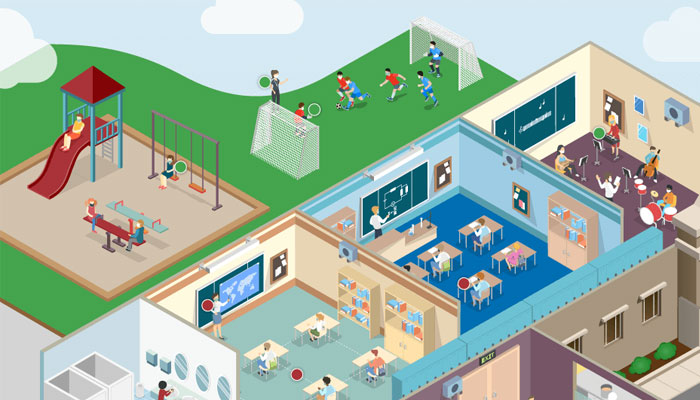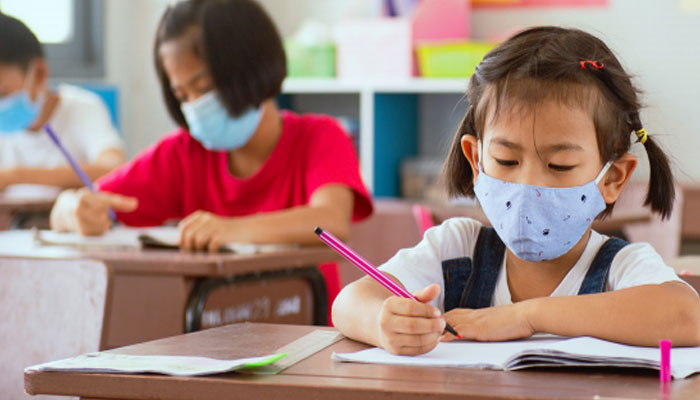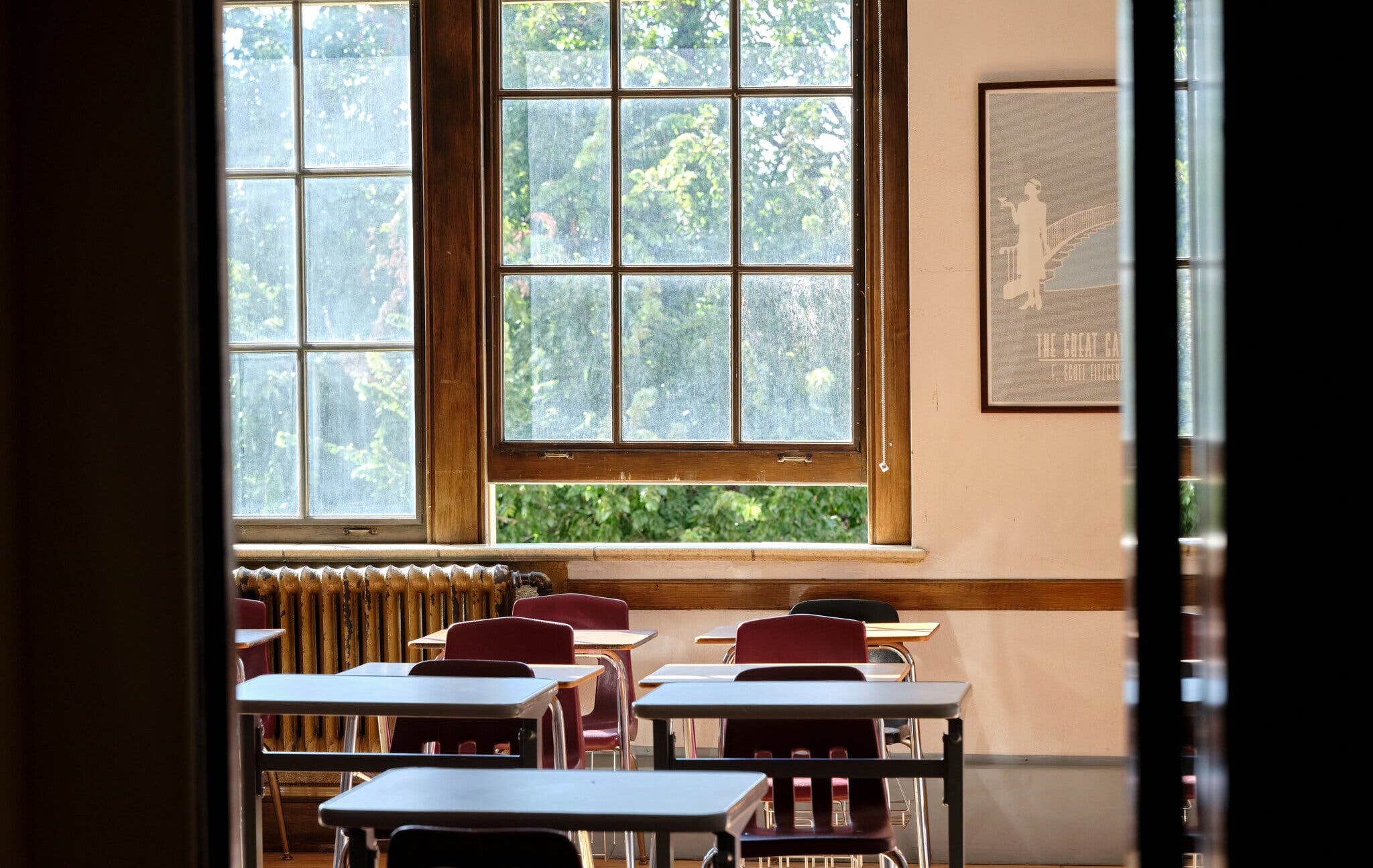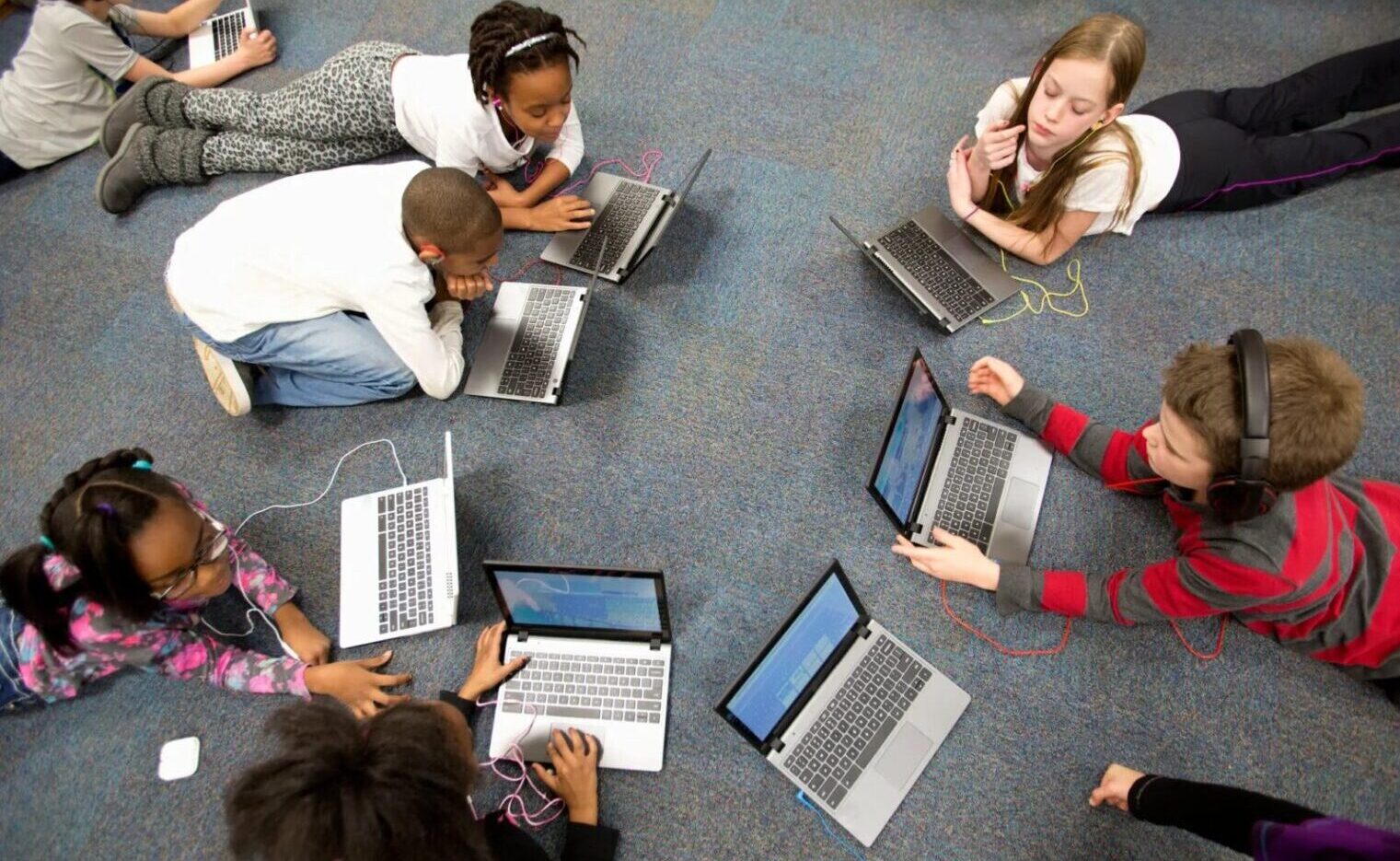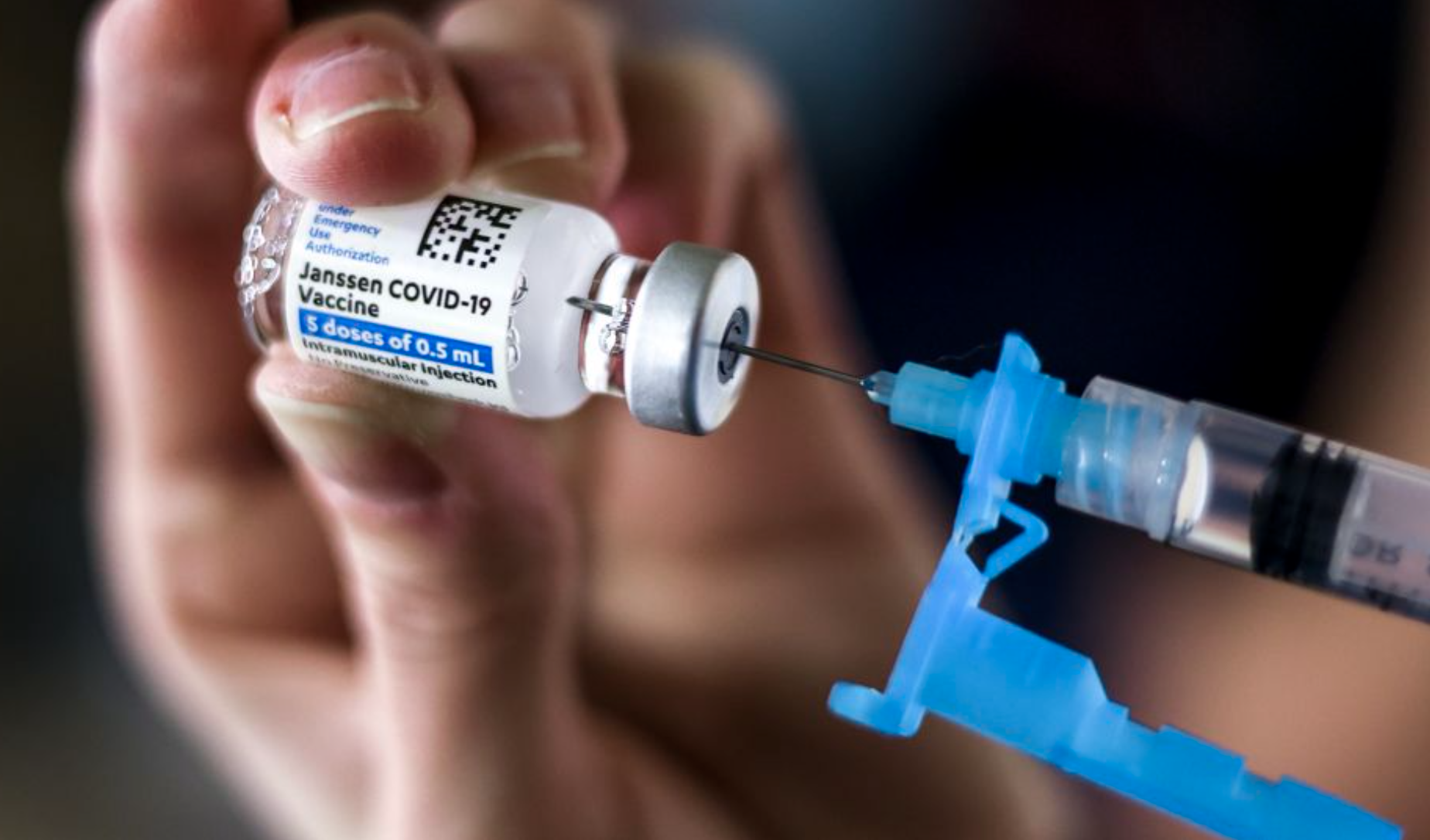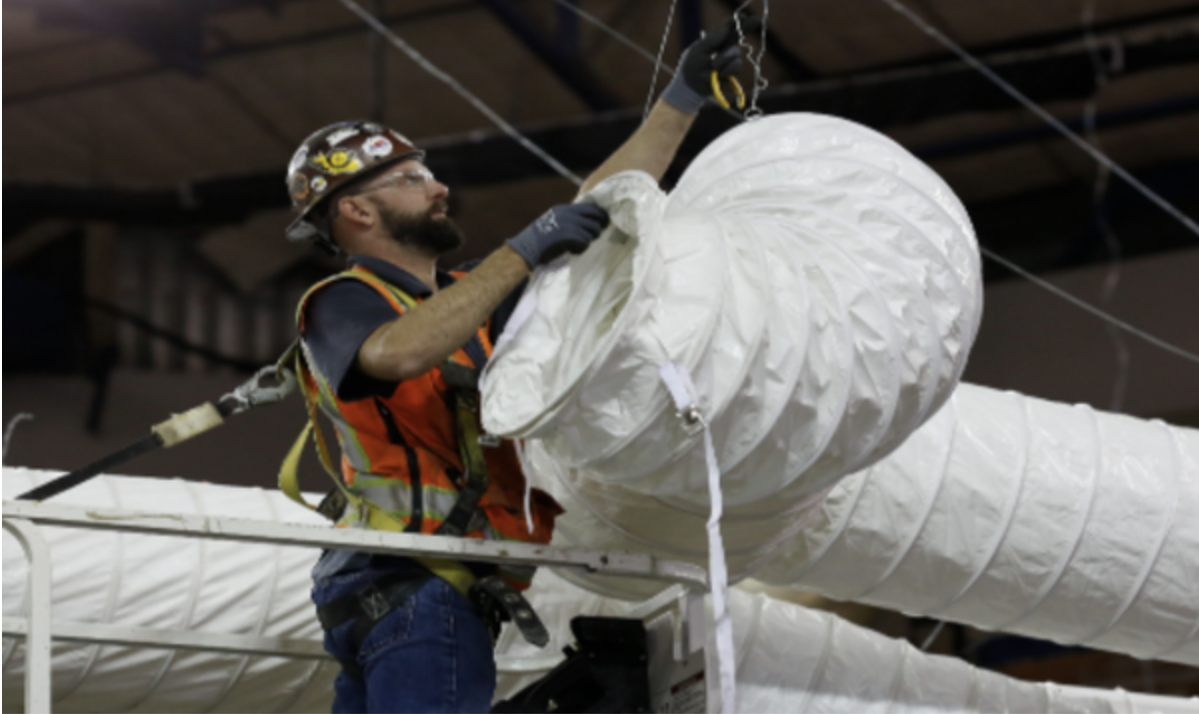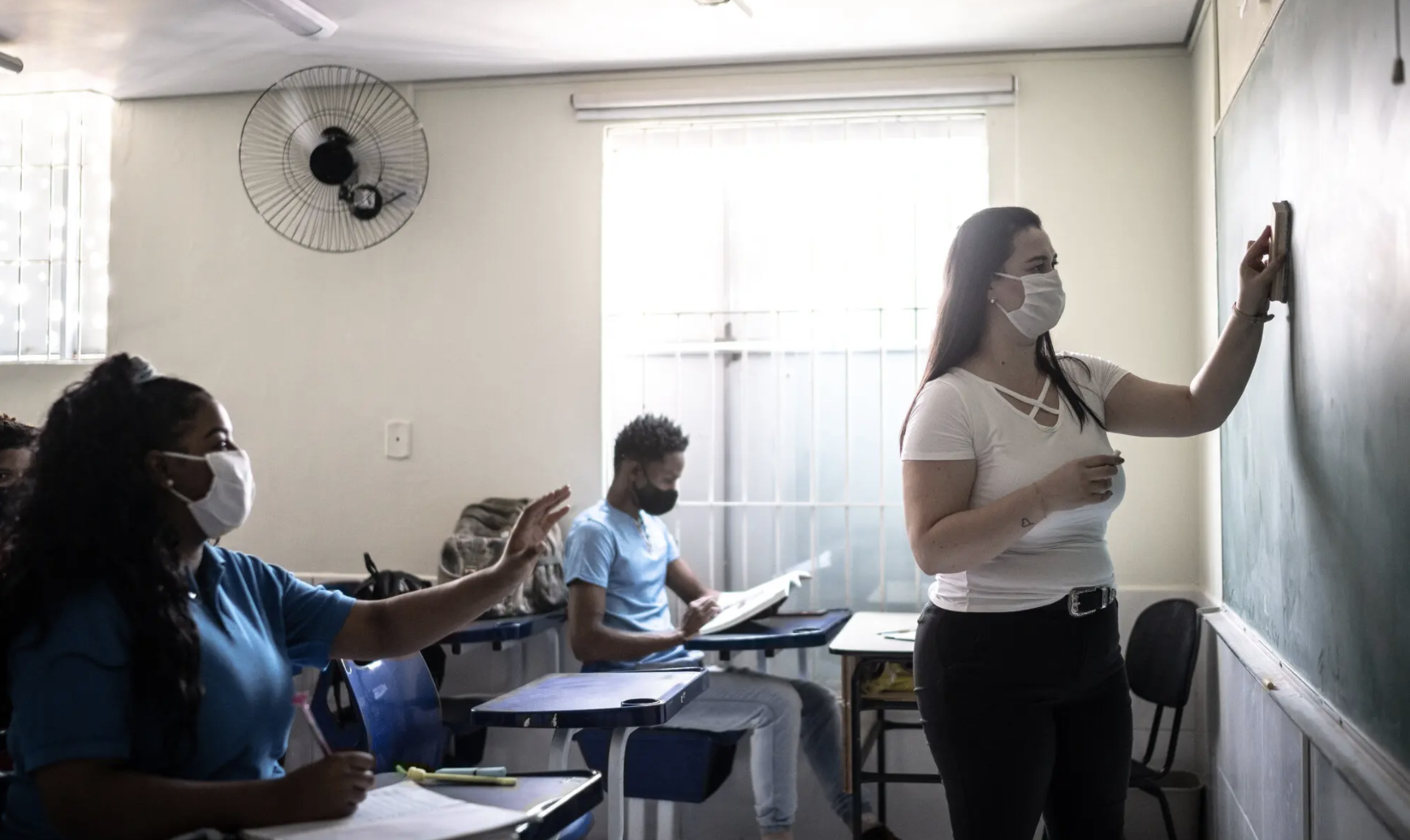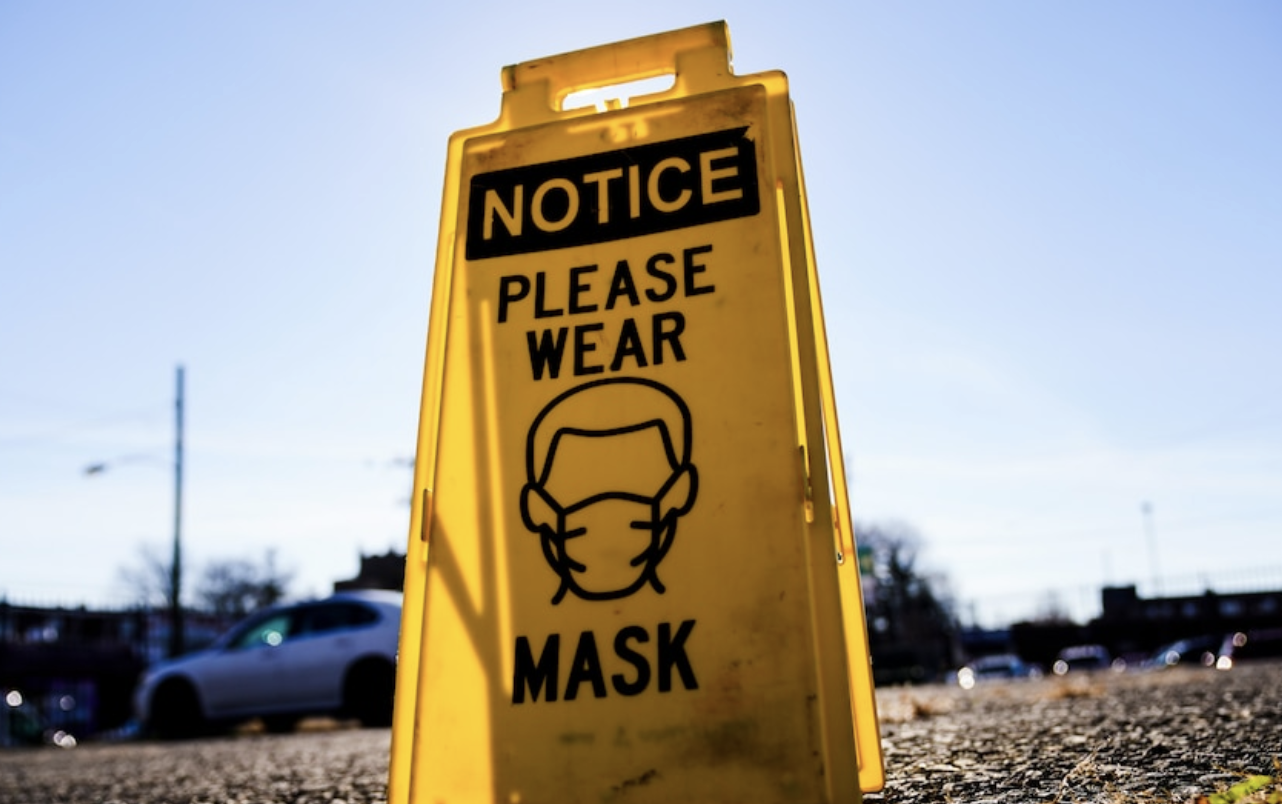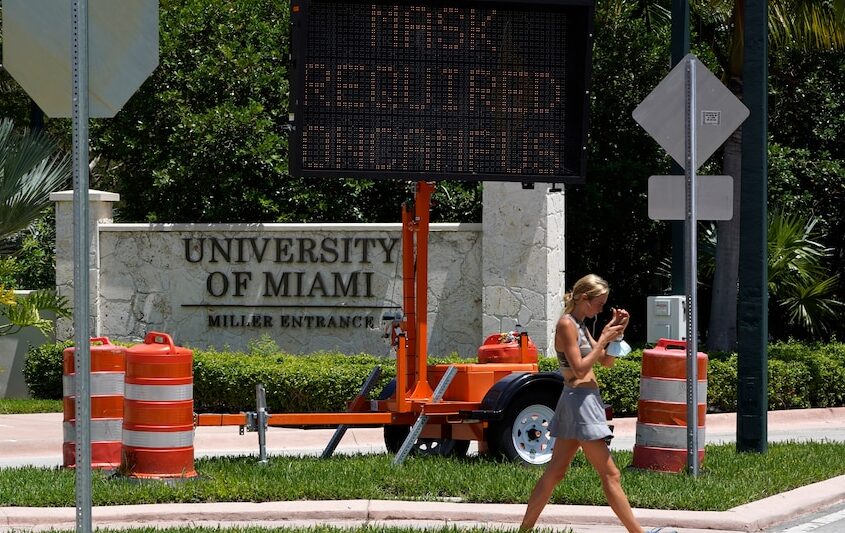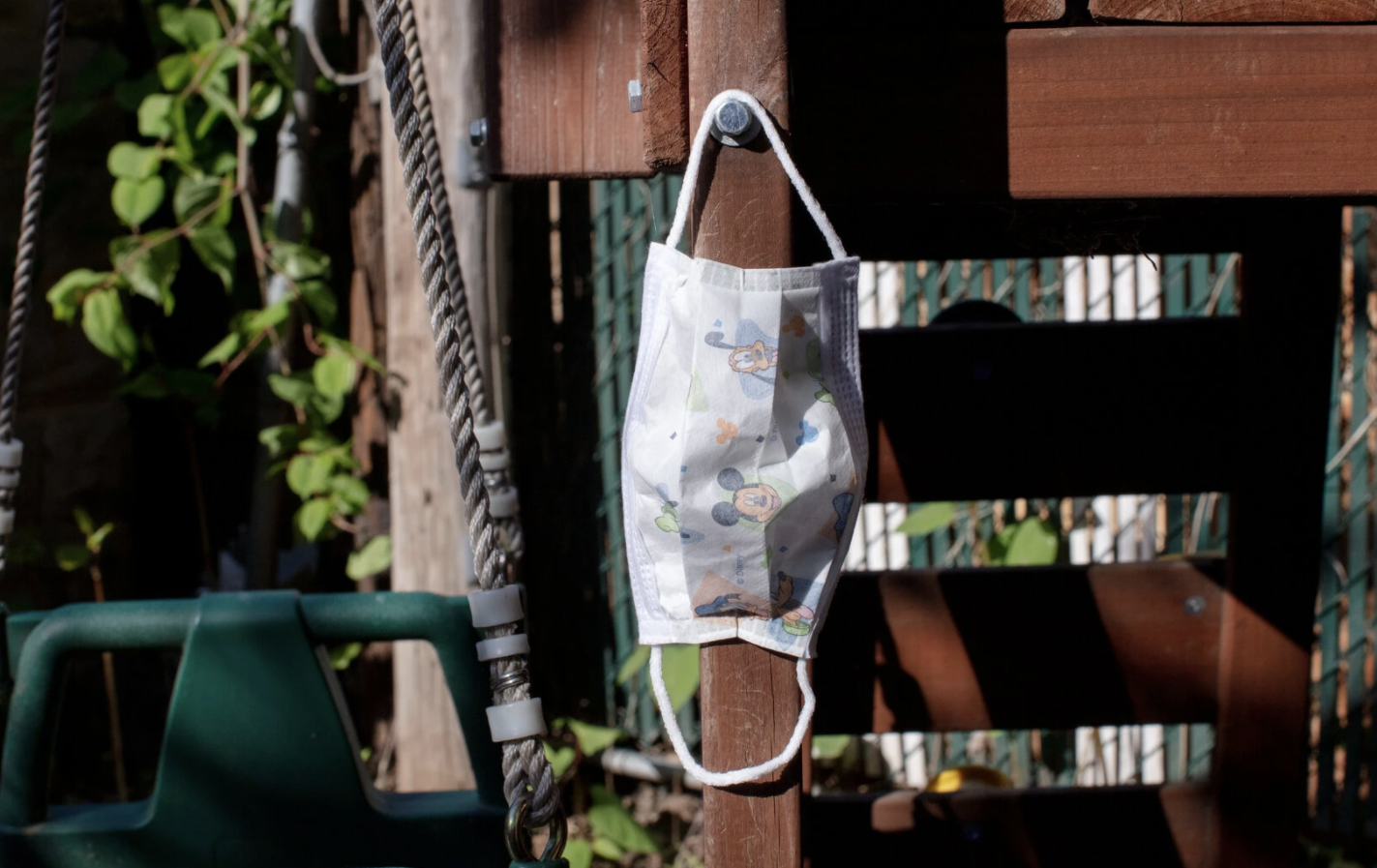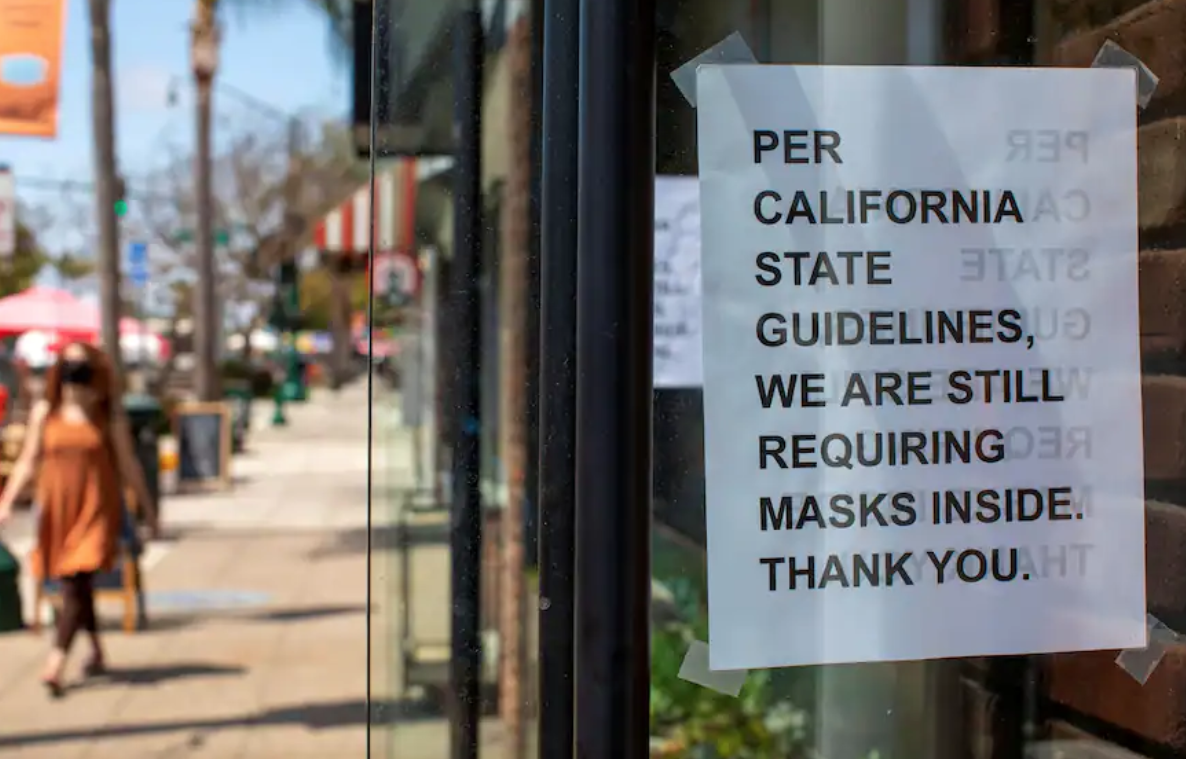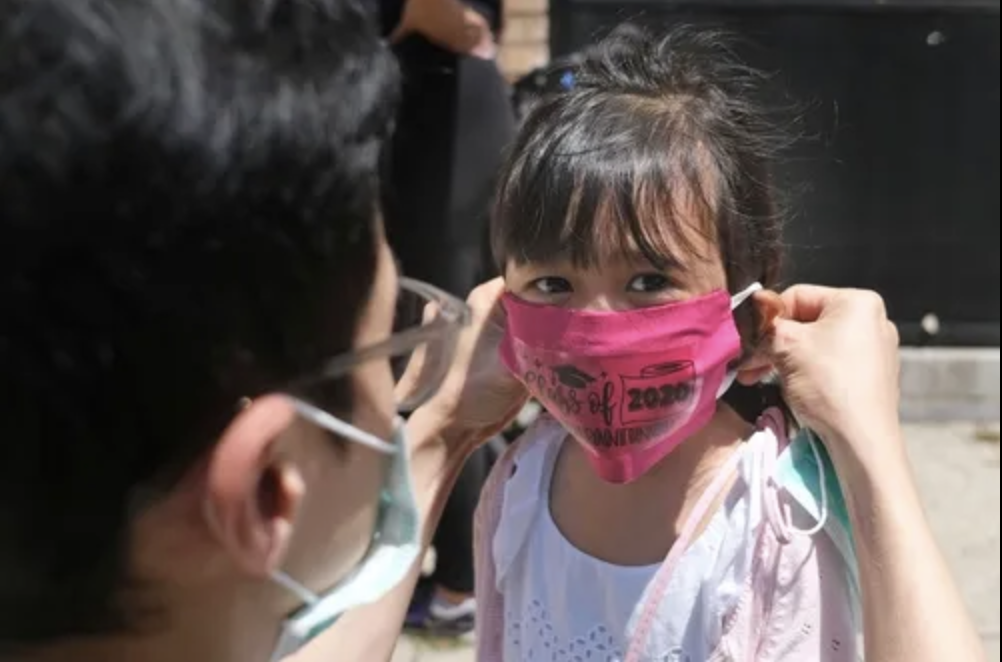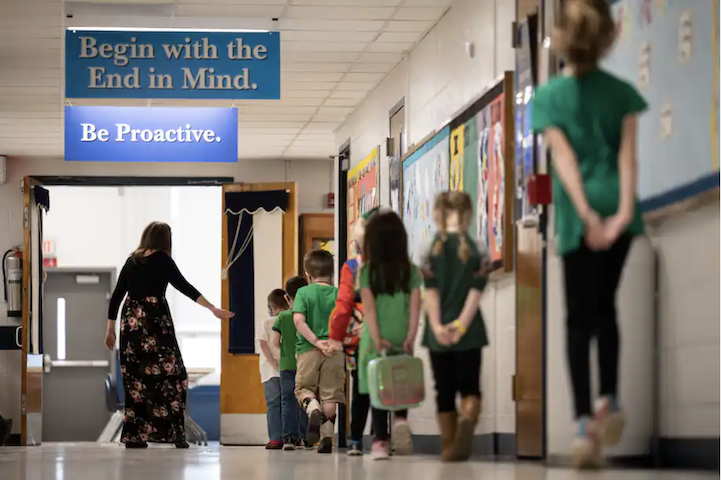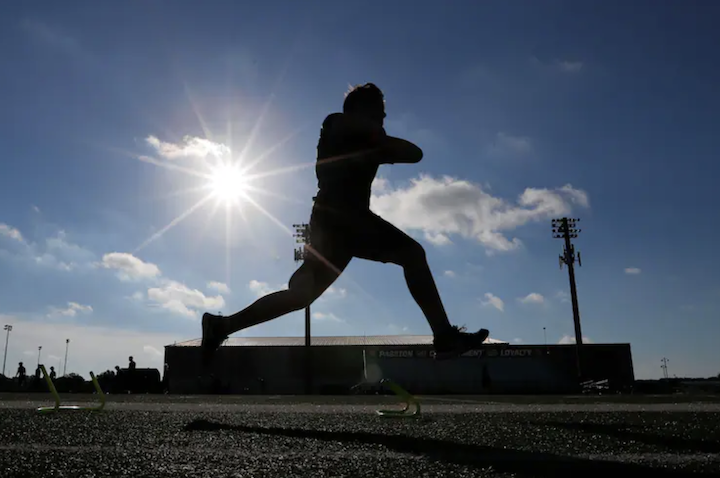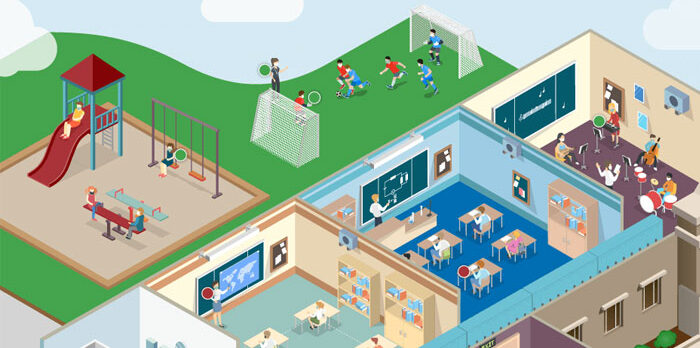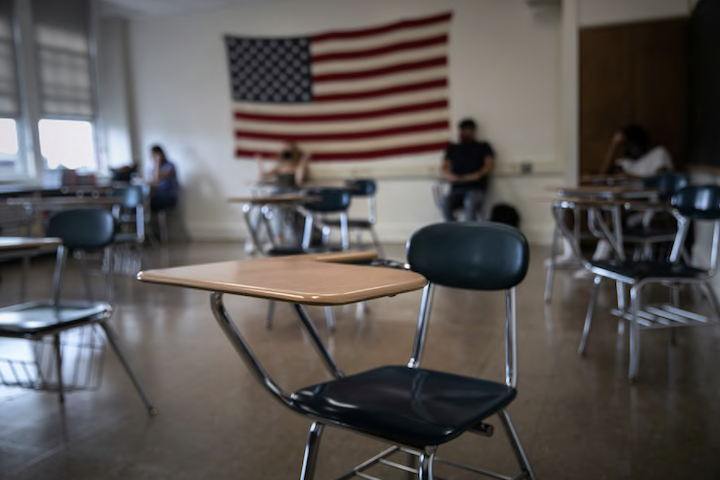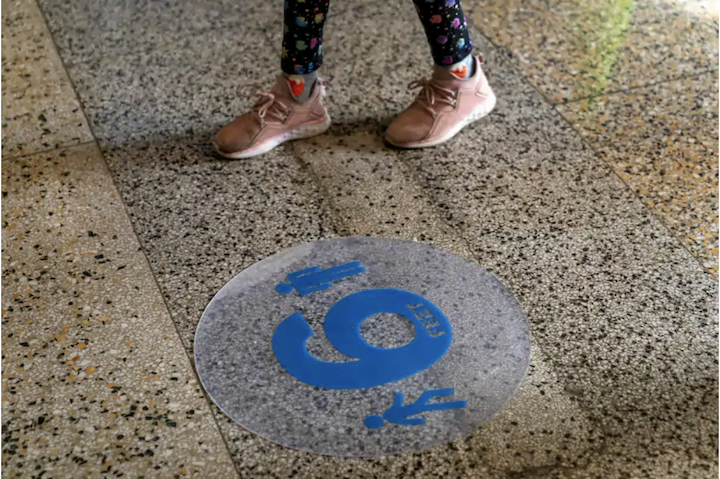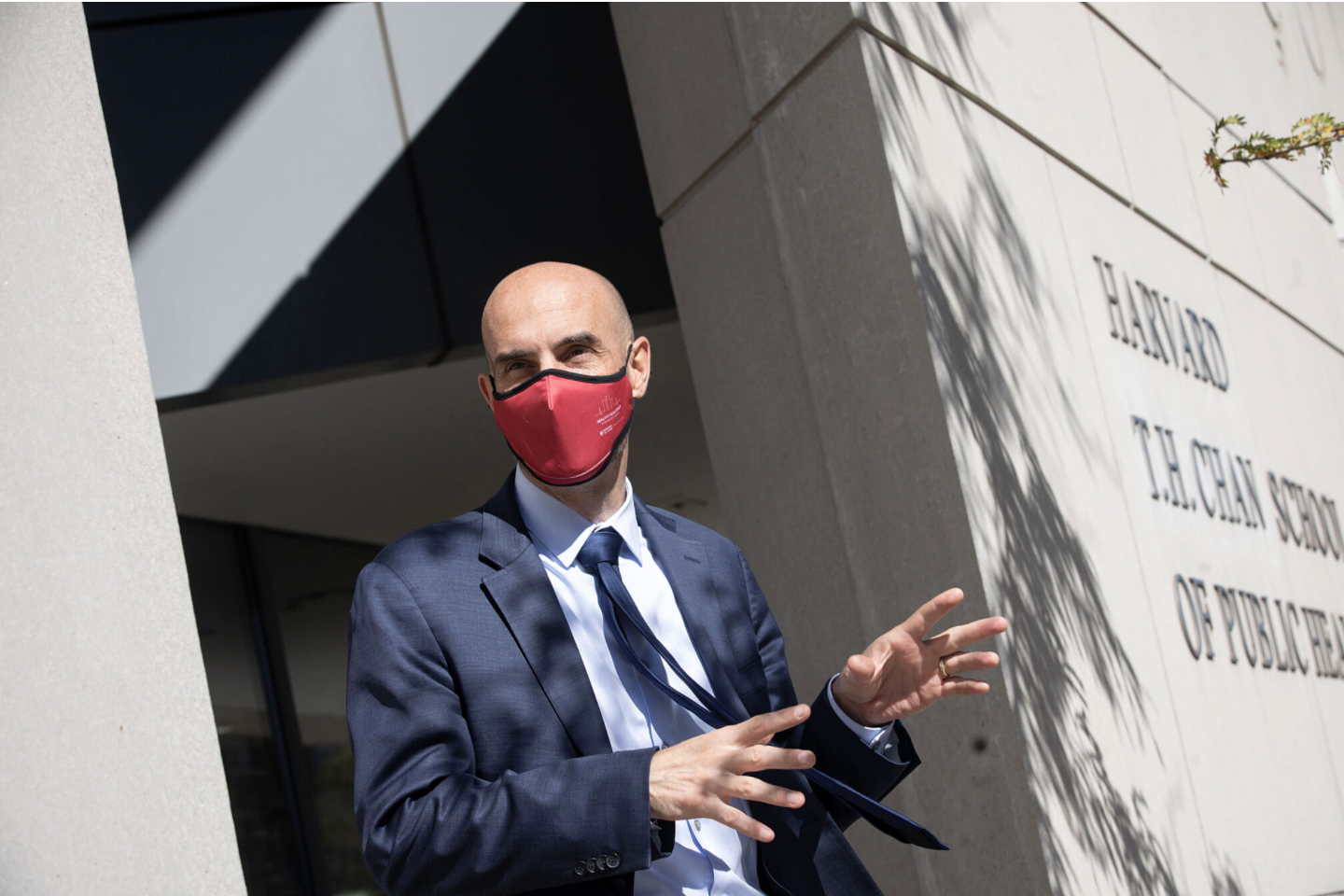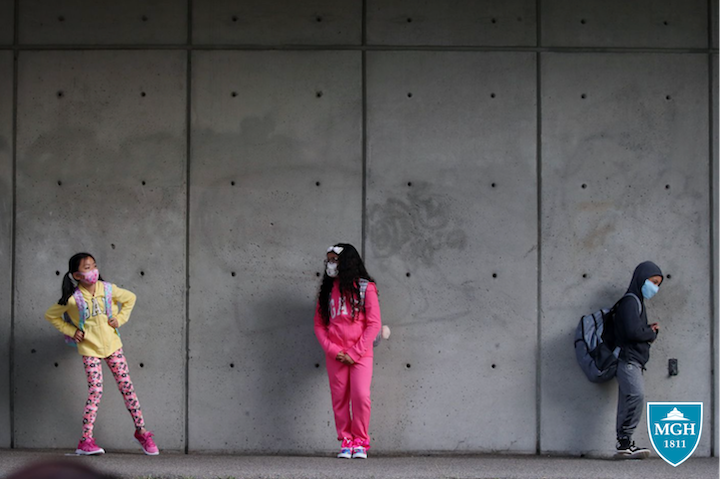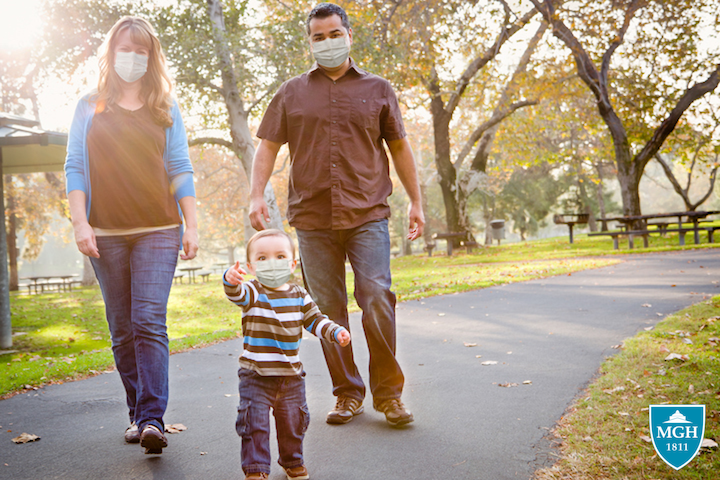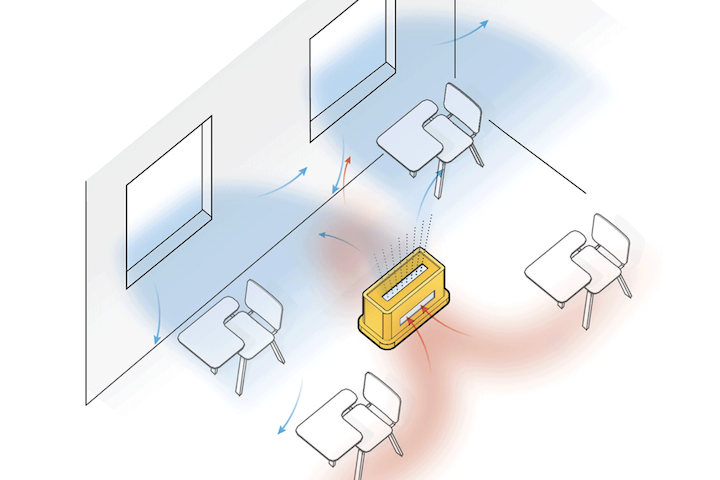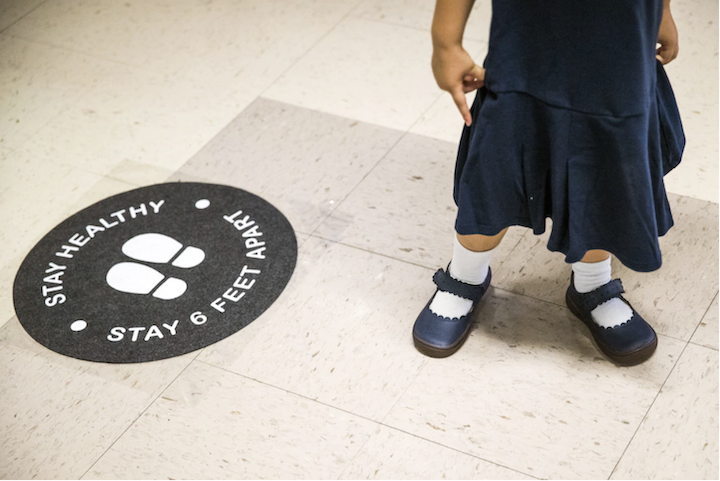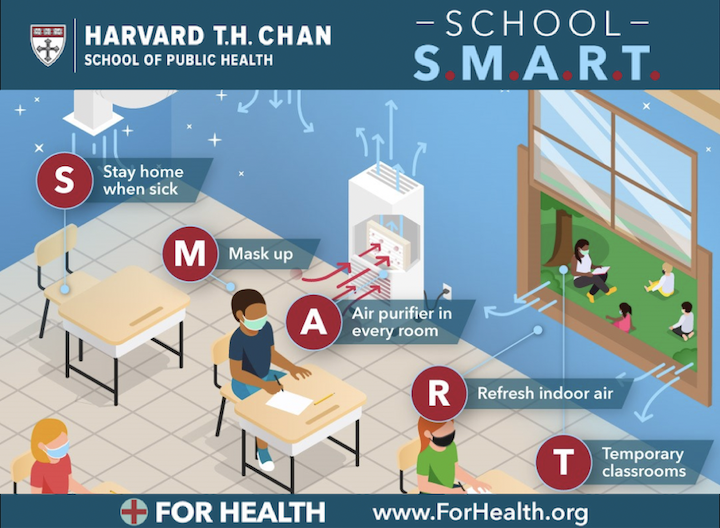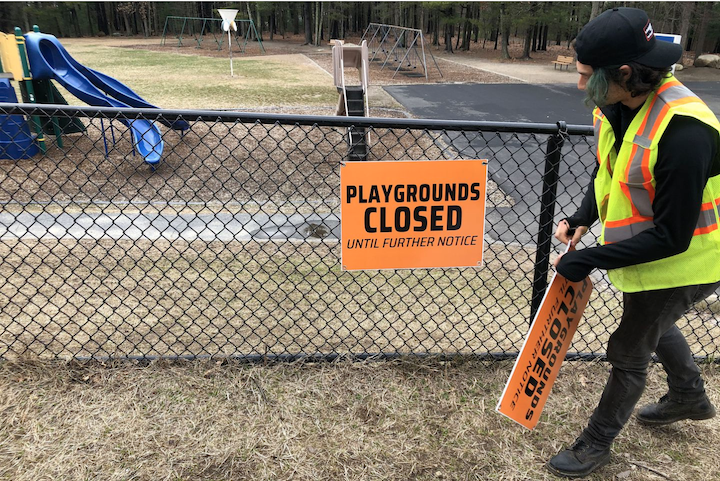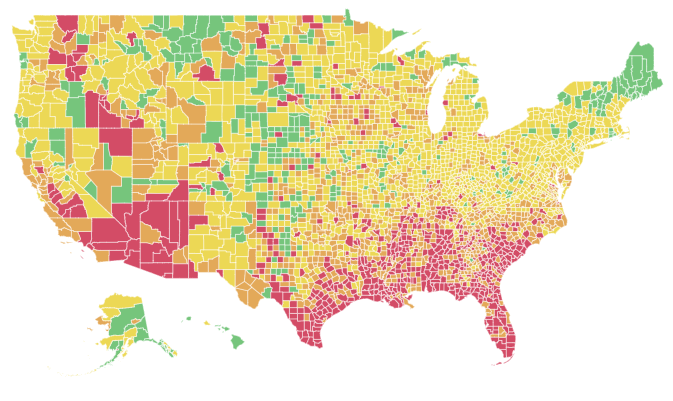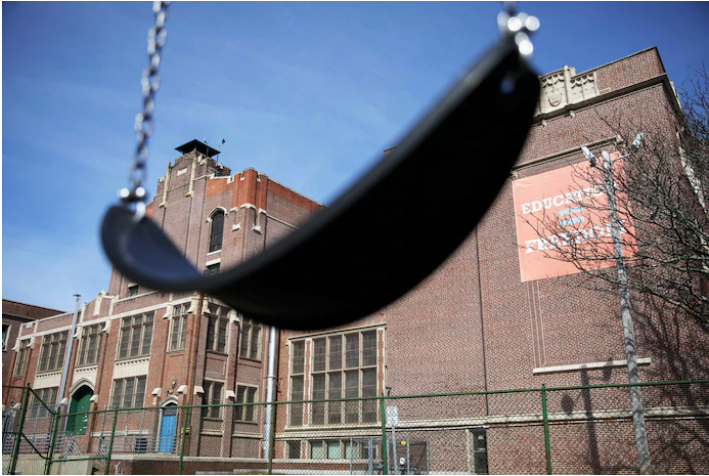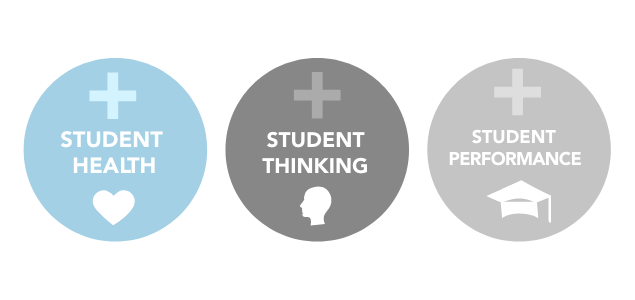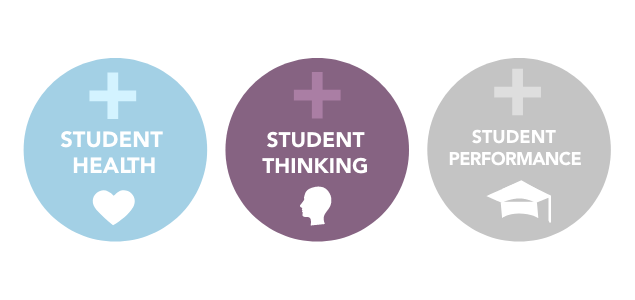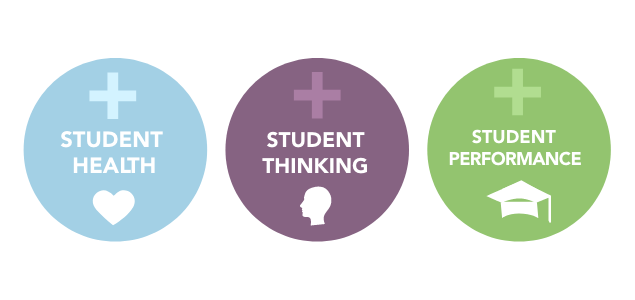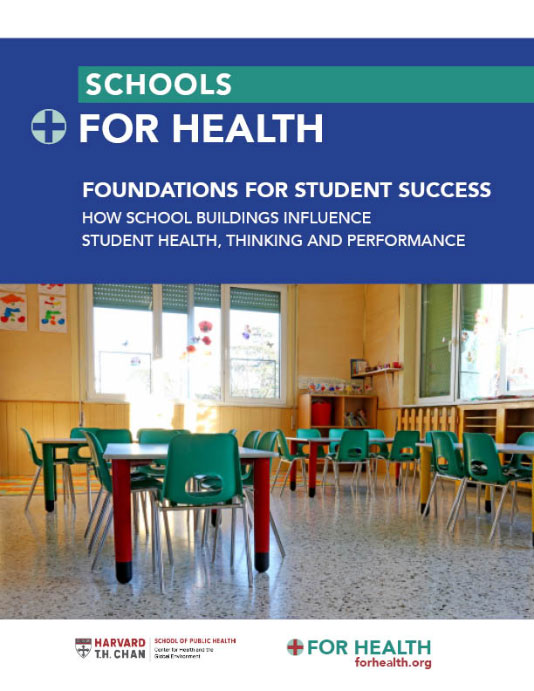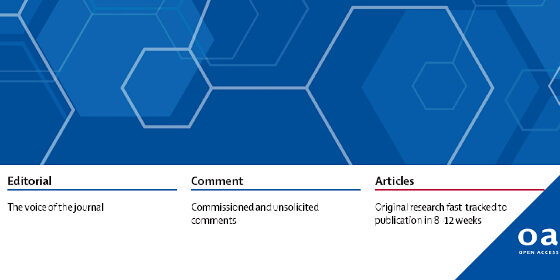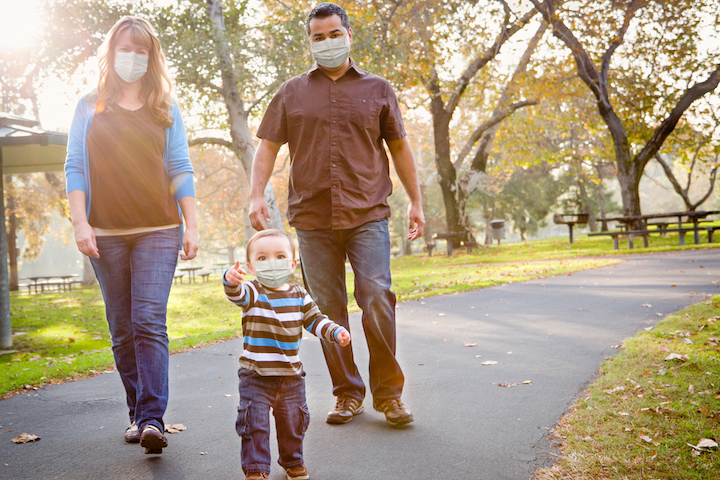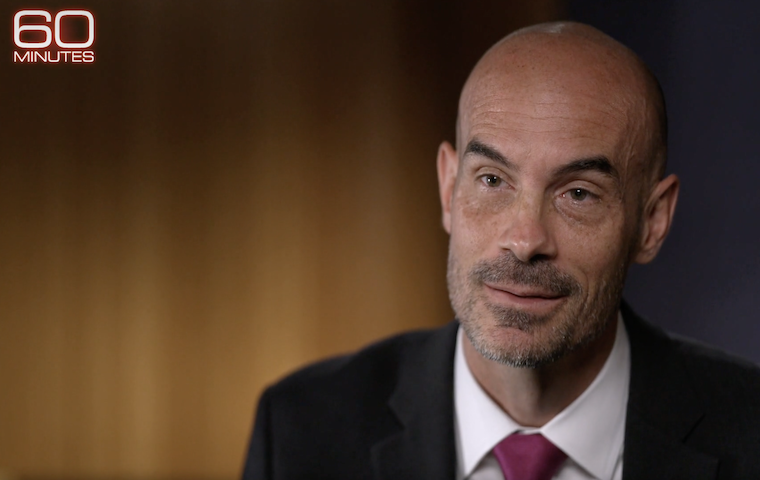
Foundations for Student Success
Schools For Health is a platform to discuss, research and disseminate information on how school buildings impact the health and productivity of students and teachers every day. This team works to answer critical questions related to the environmental and contextual factors that influence chronic absenteeism, academic performance and short- and long-term health indicators.
In our new report, the Schools For Health team illuminates how the school building influences the student’s health, thinking and performance. The report incorporates findings from over 200 research studies and considers over 70 health outcomes related to school buildings.
The evidence is unambiguous. The school building impacts student health, thinking and performance. Investing in school buildings is an investment in our future. It is time for action.
Schools are important
By the time a student graduates high school, they will have spent more than 15,000 hours in a school, which is the second longest indoor exposure time after their home. For more than 50 million K-12 students enrolled in fall of 2015, this is a time of critical physiological, social and emotional growth and development, which is susceptible to many indoor conditions including indoor air pollution, mold, elevated noise levels, radon, asbestos, inadequate lighting and more.




